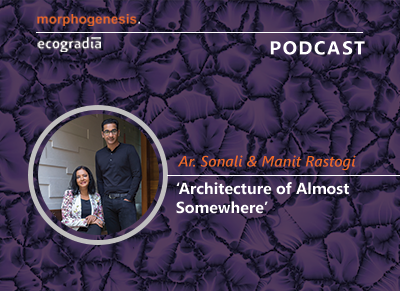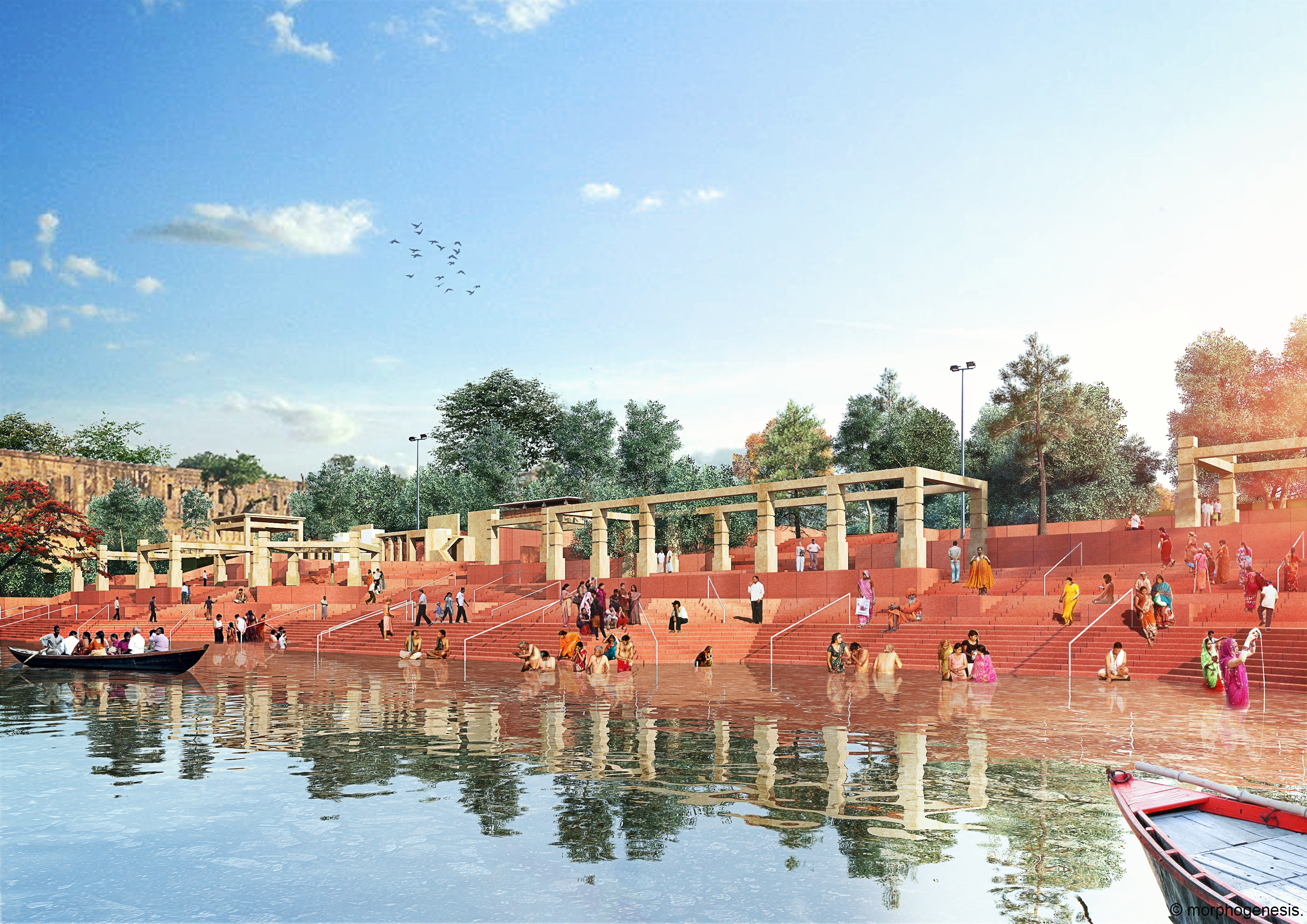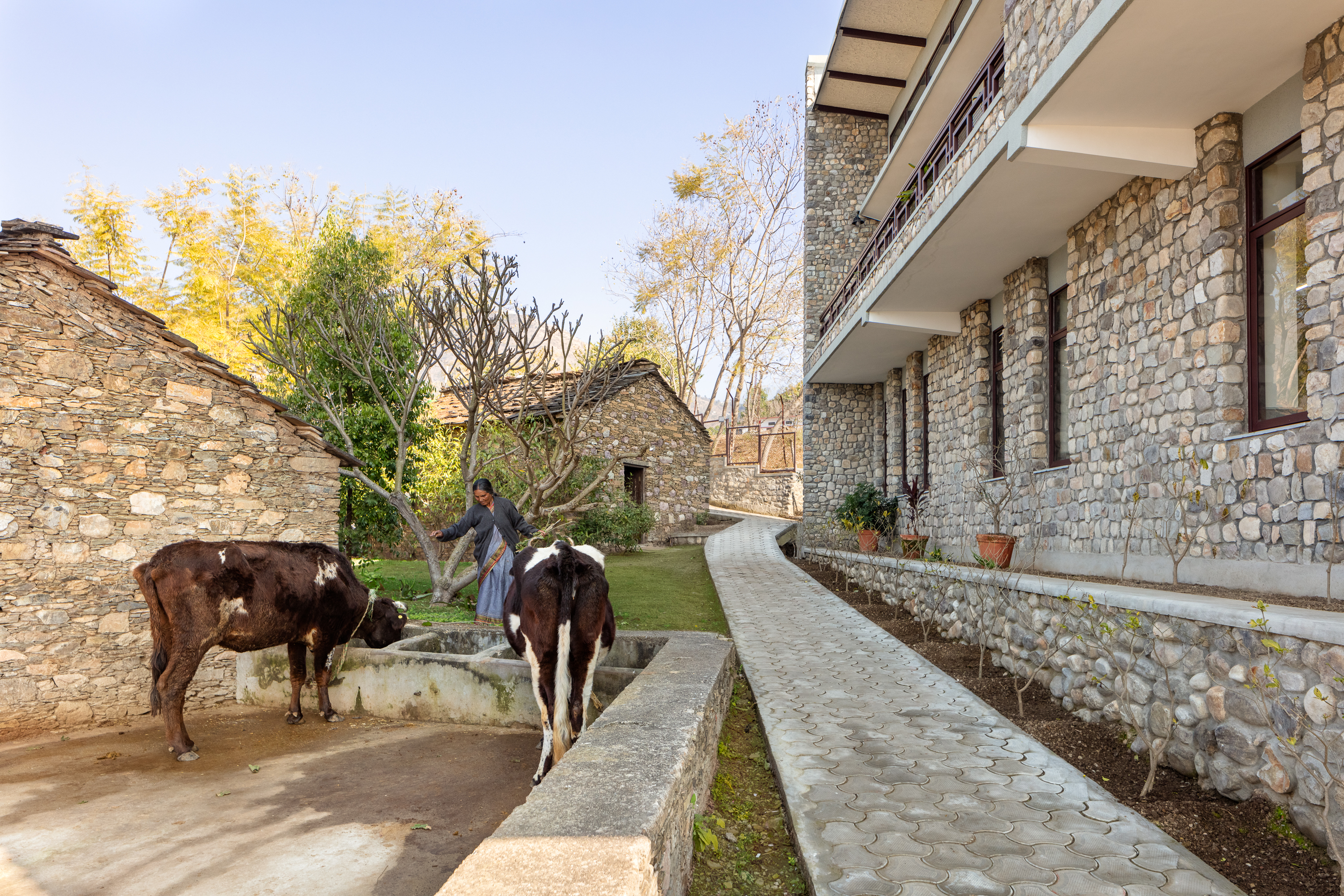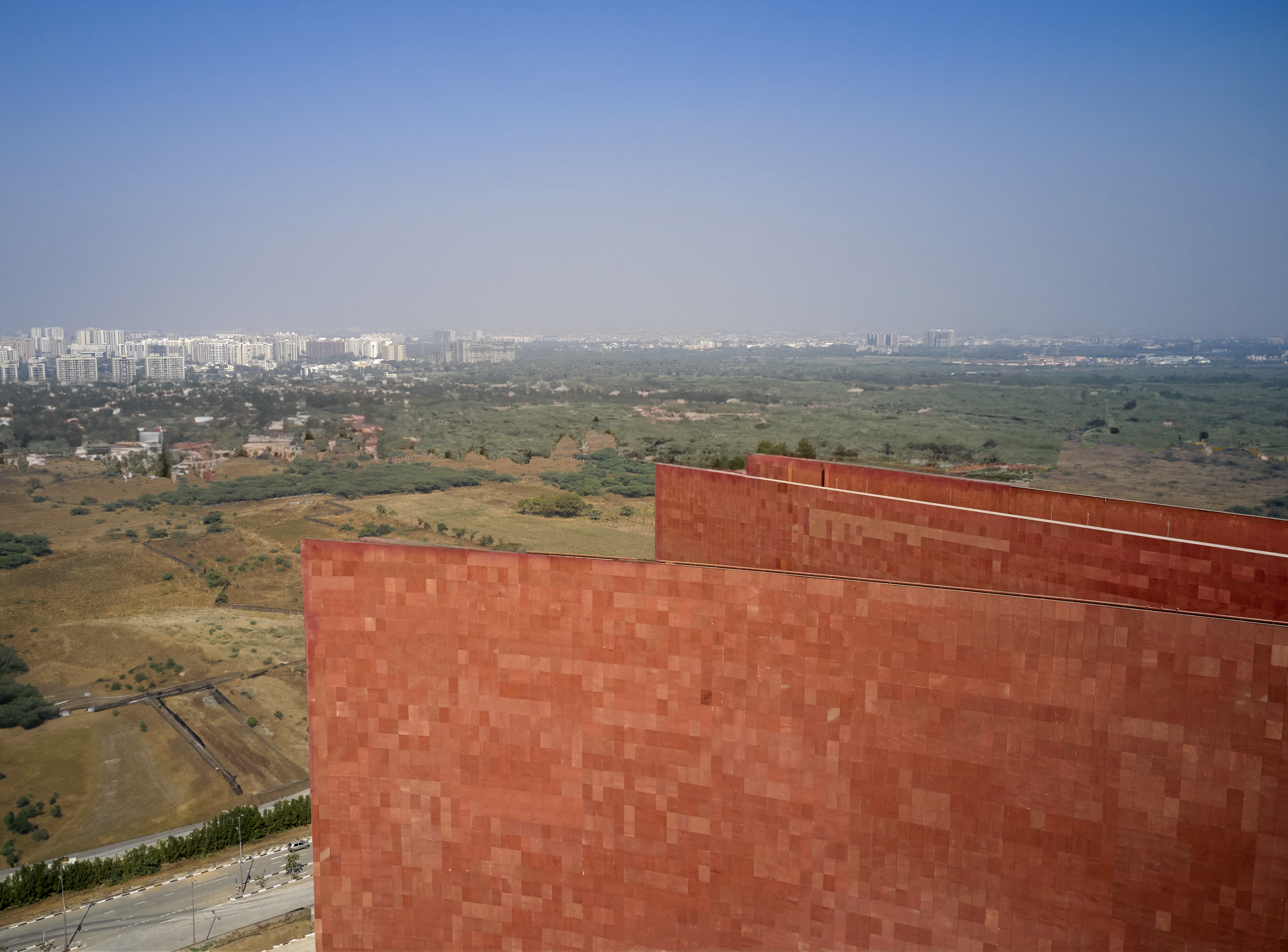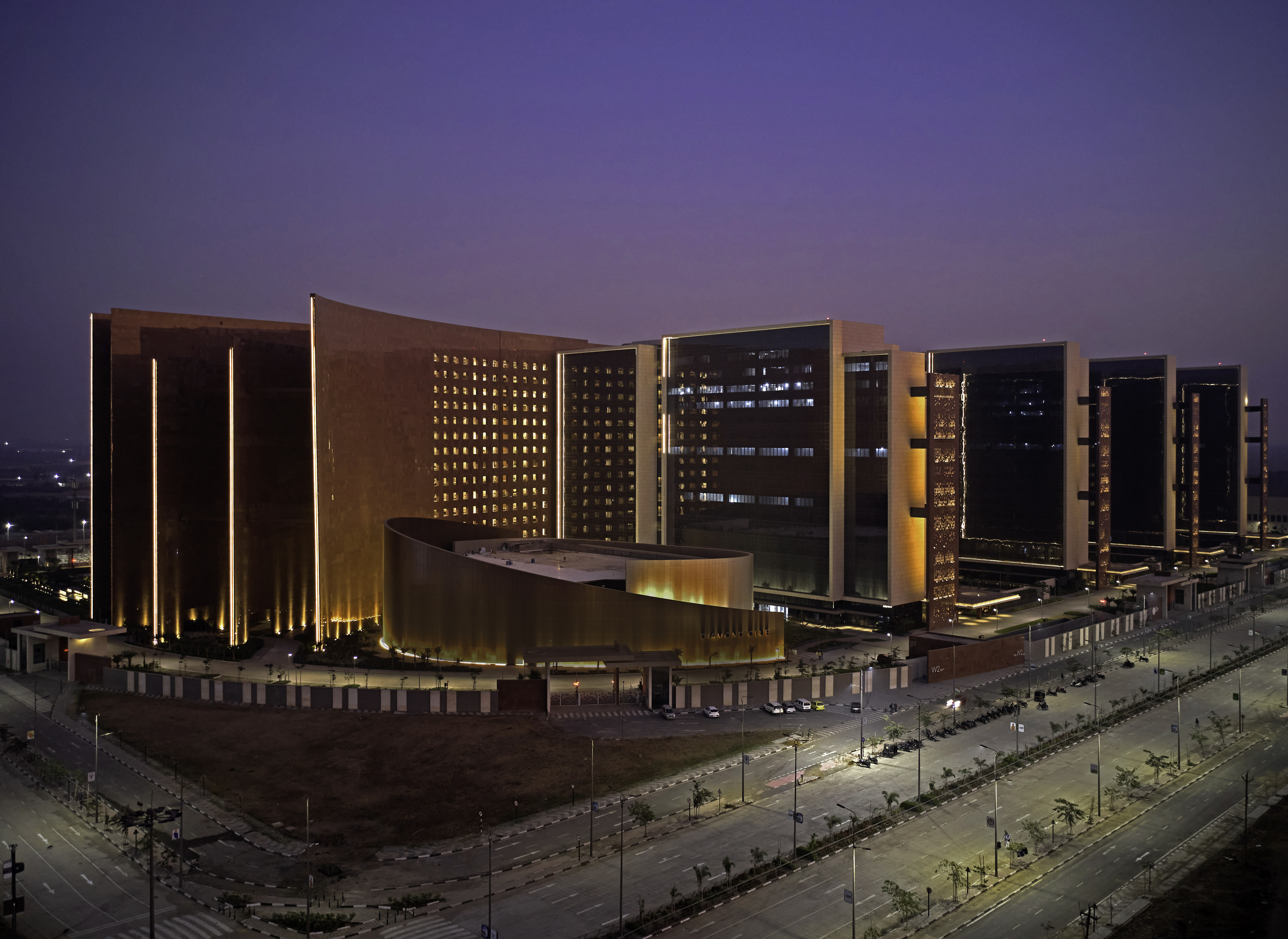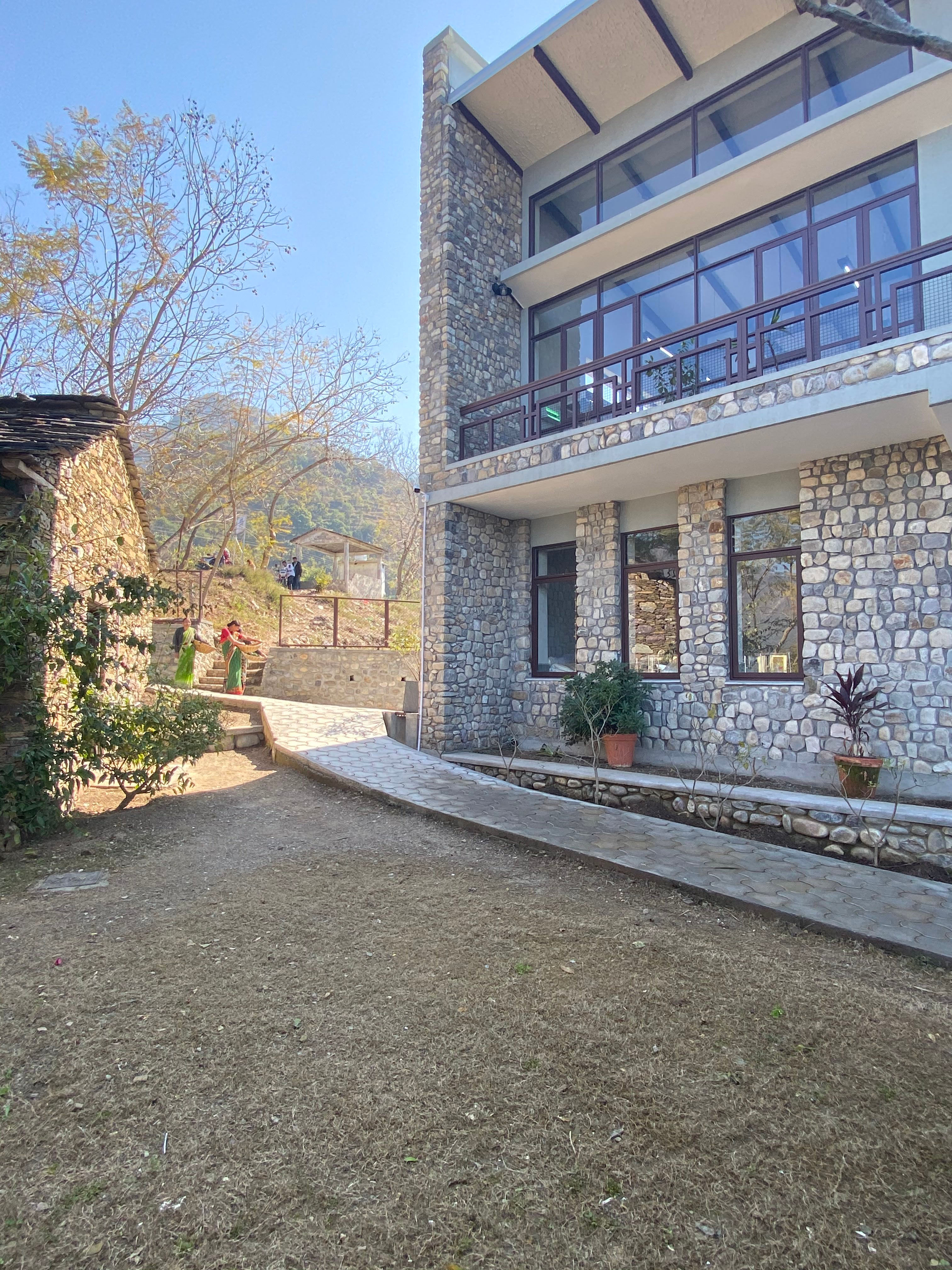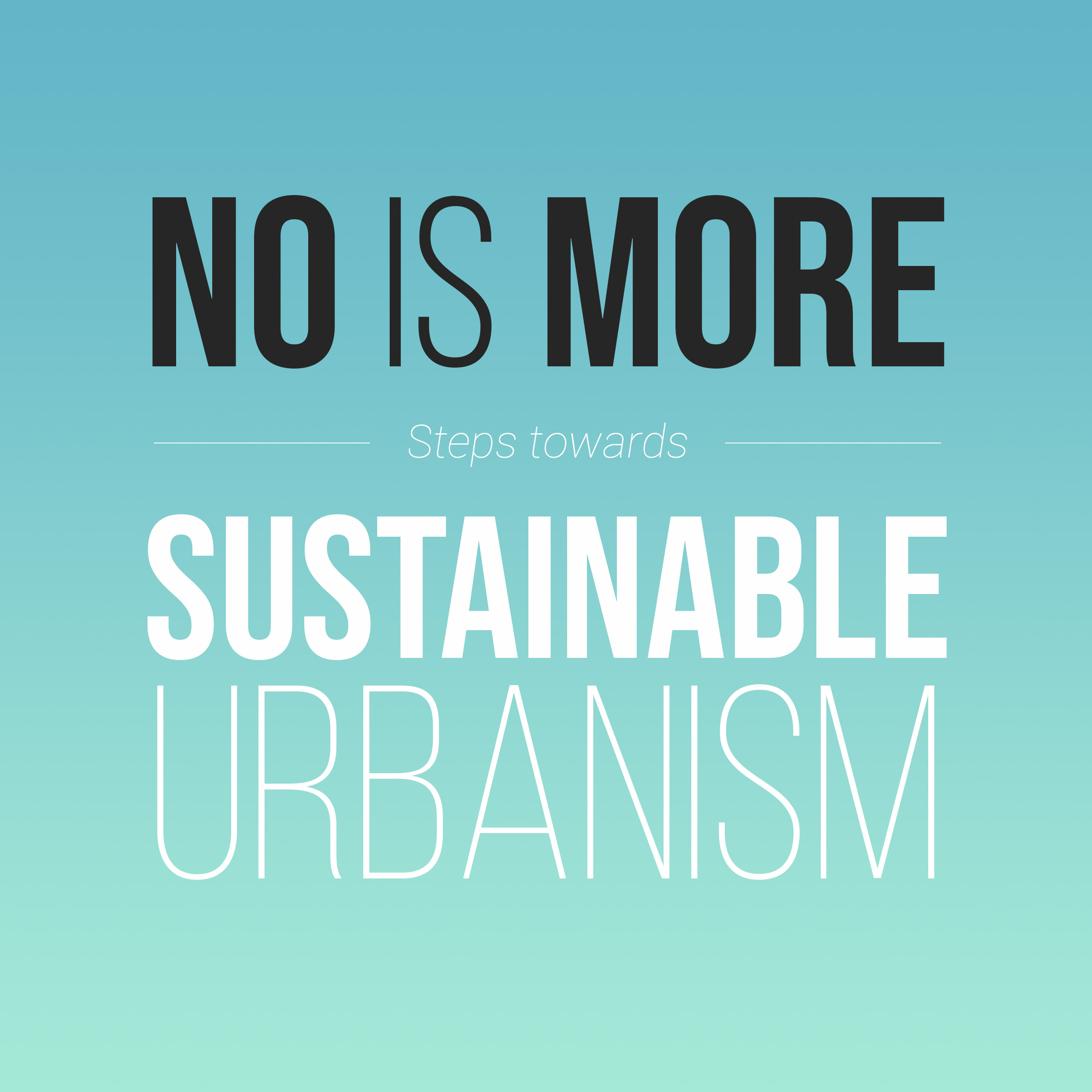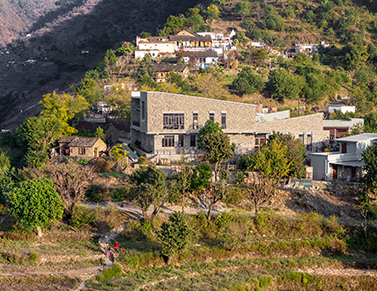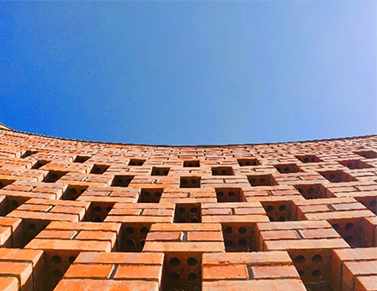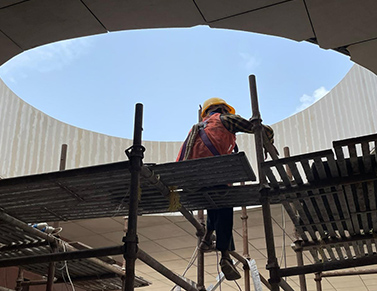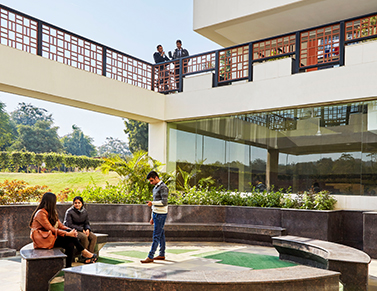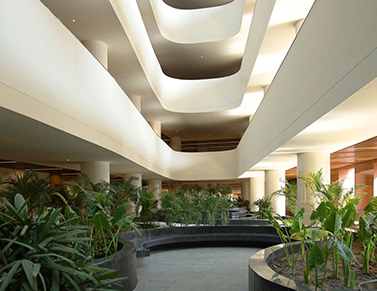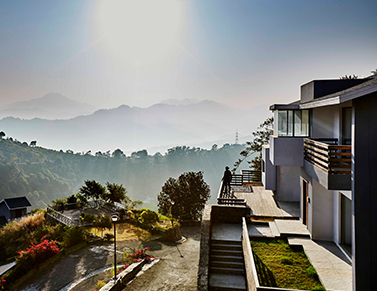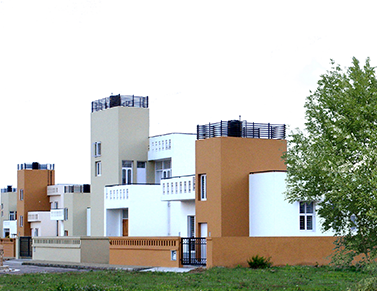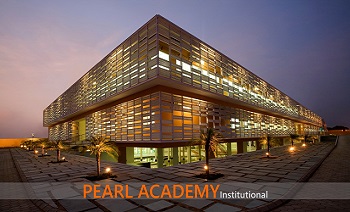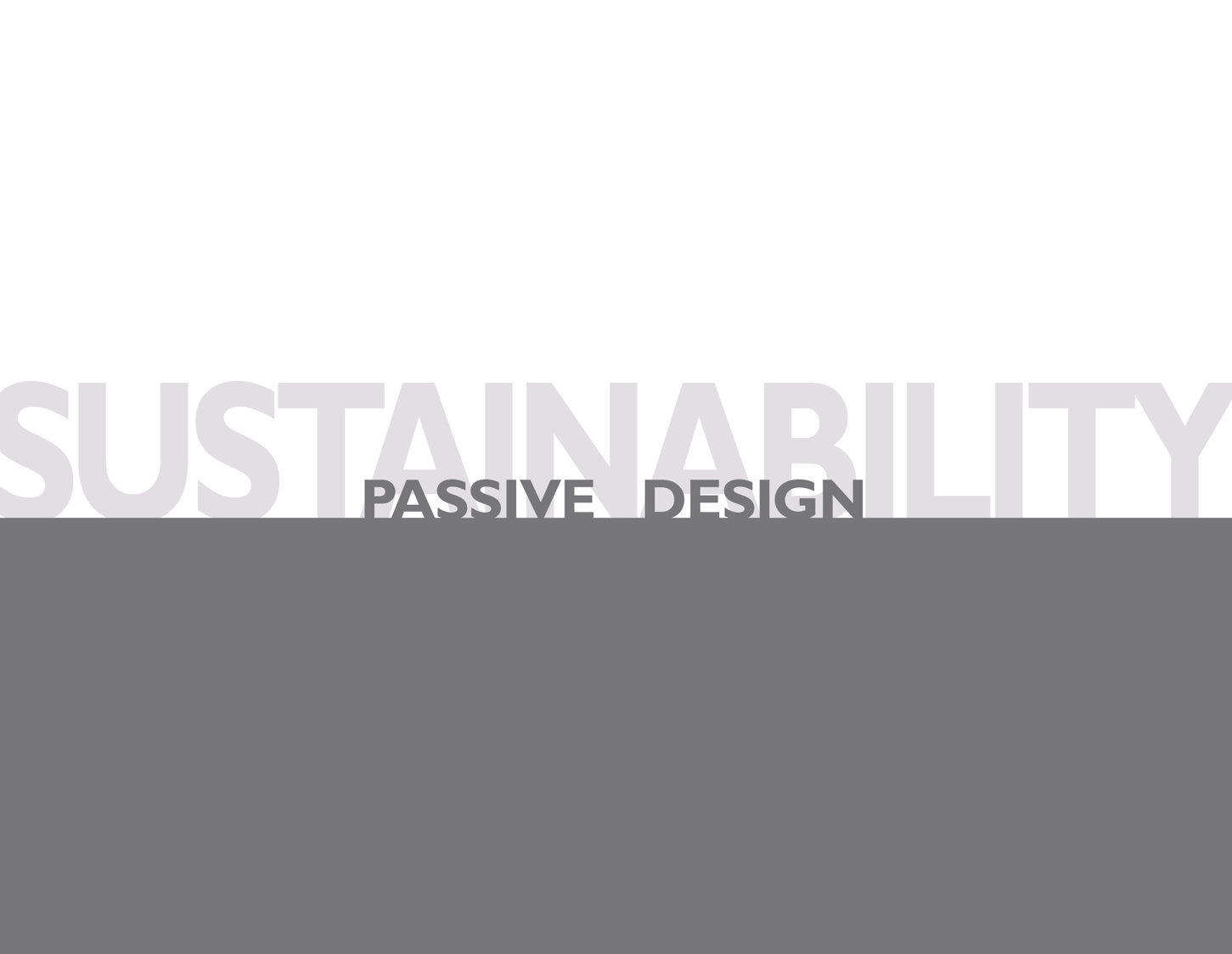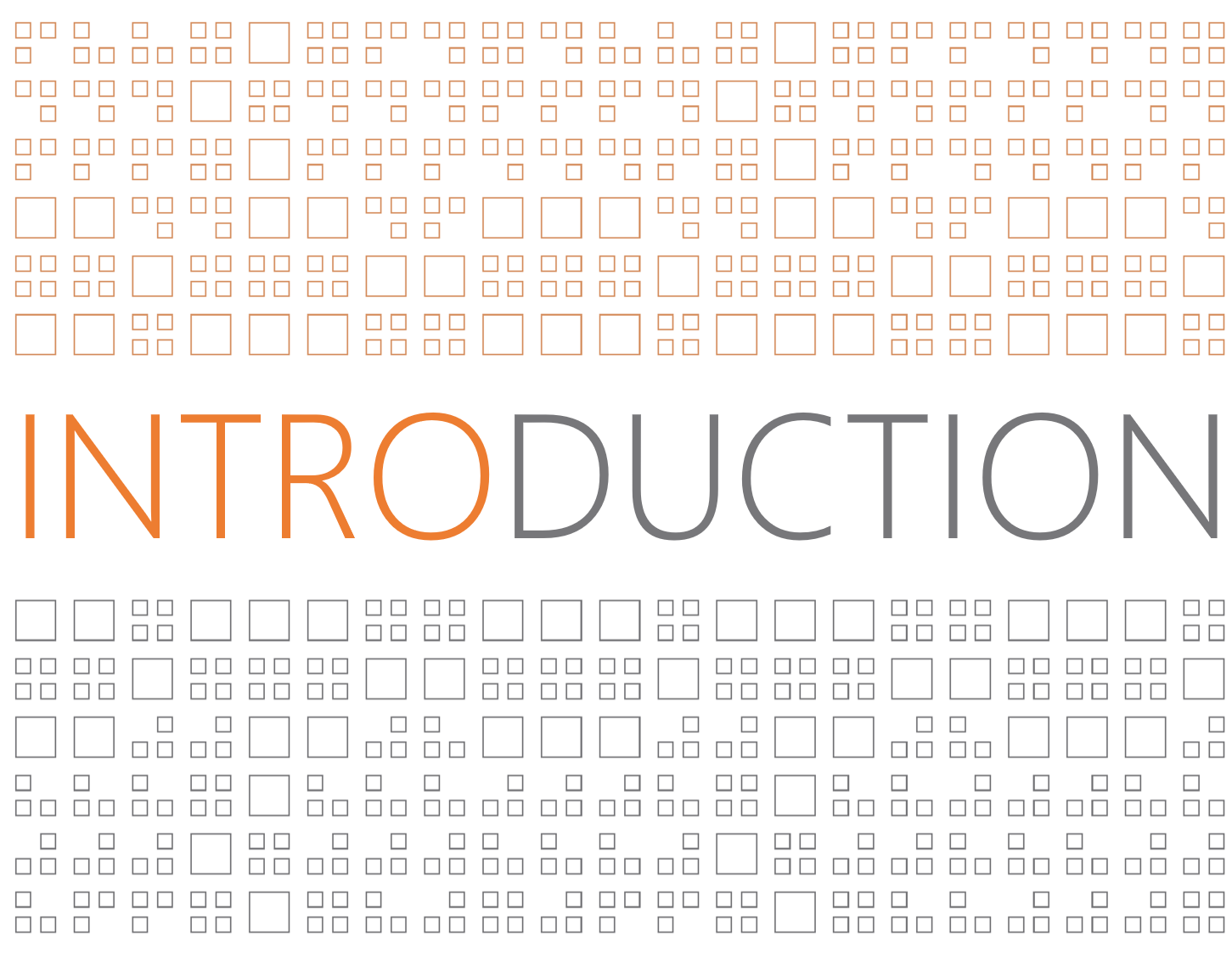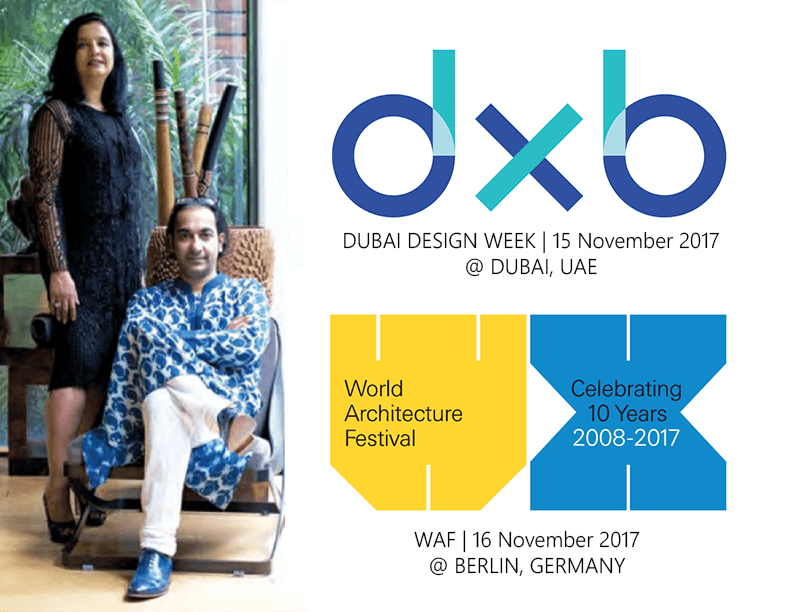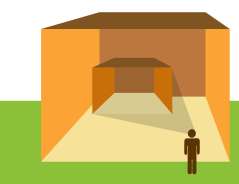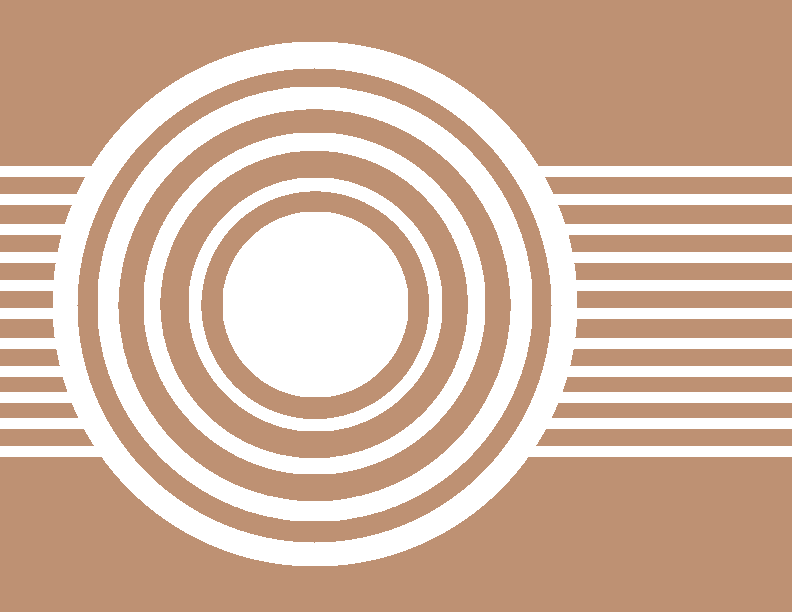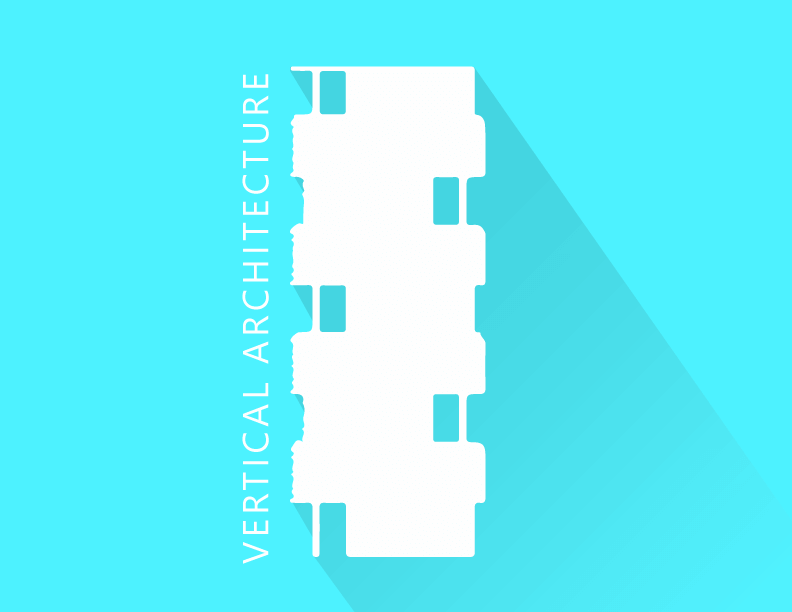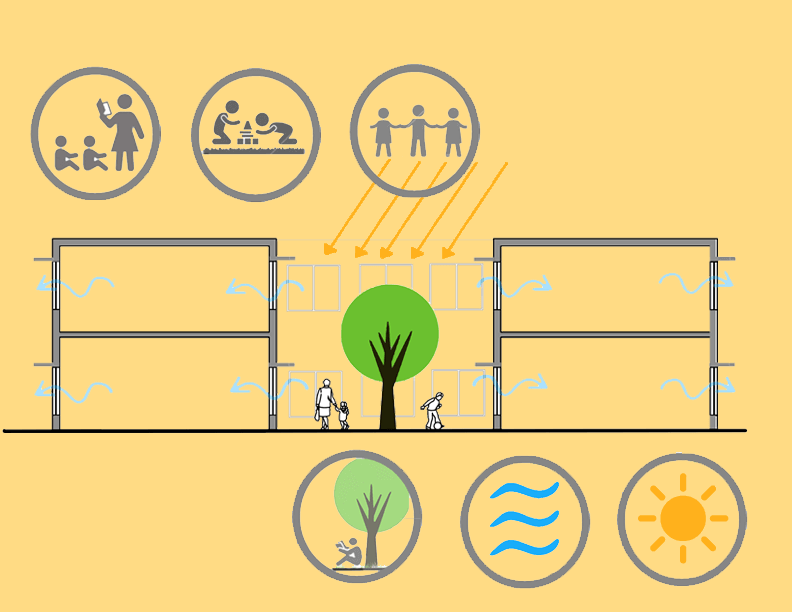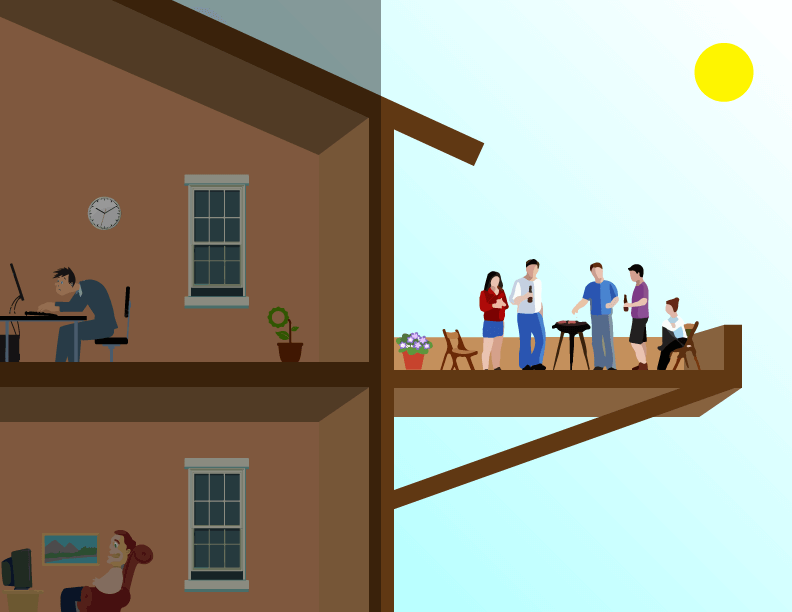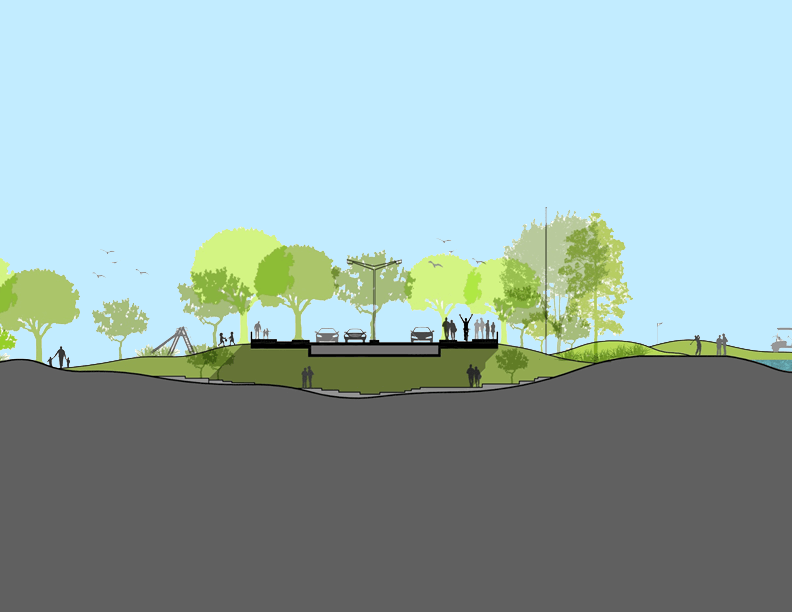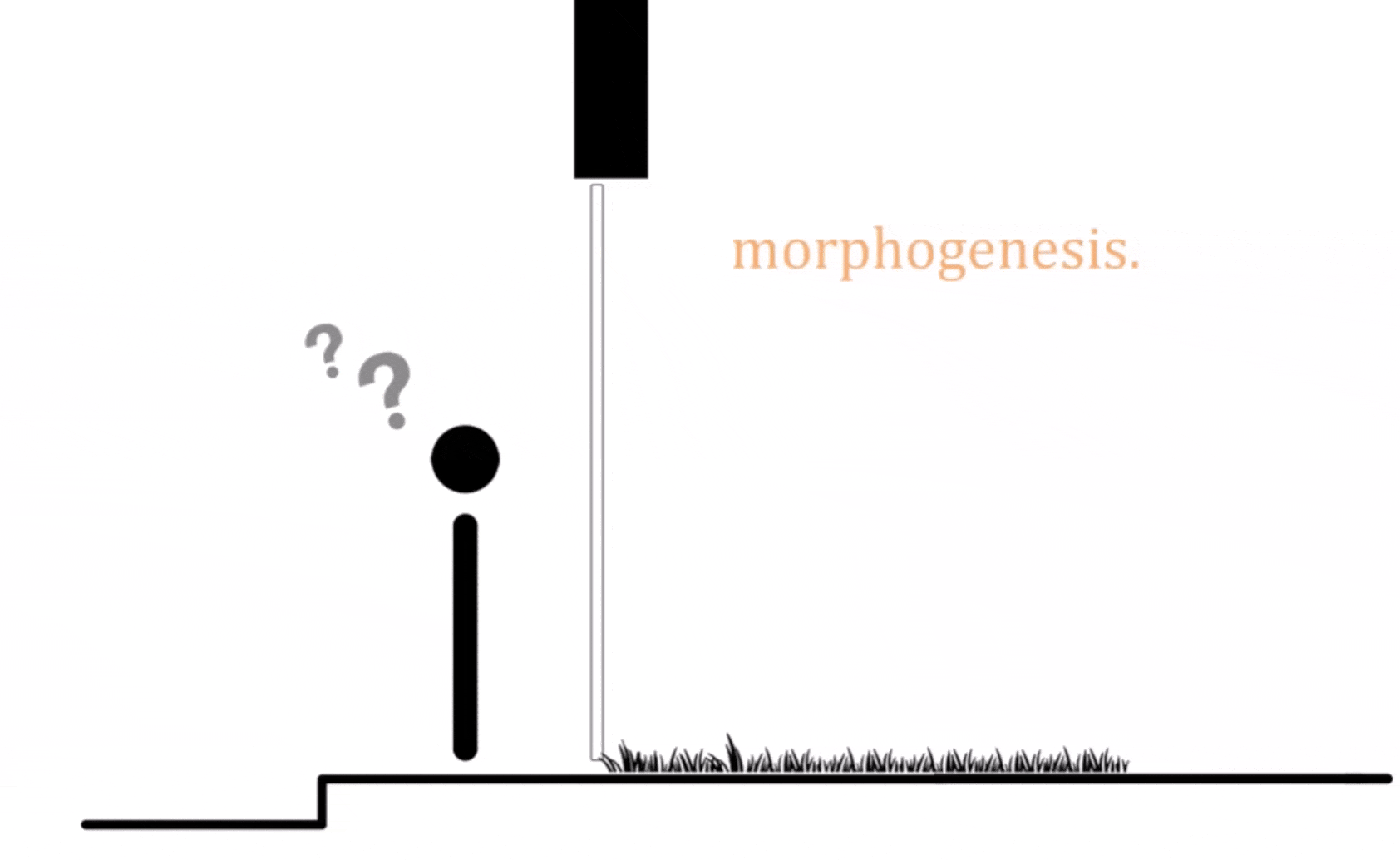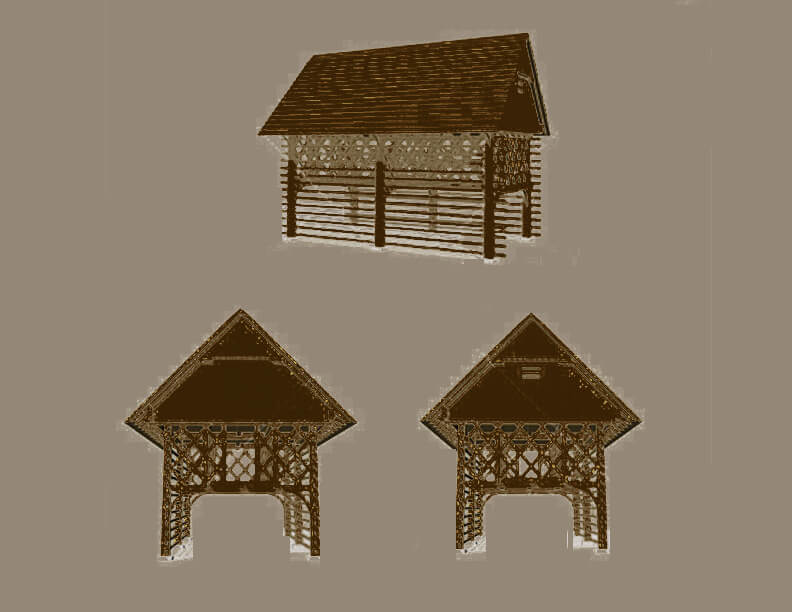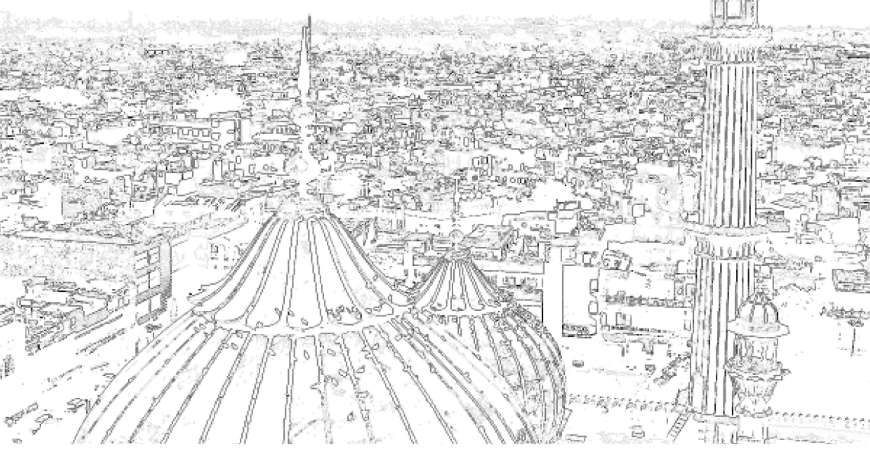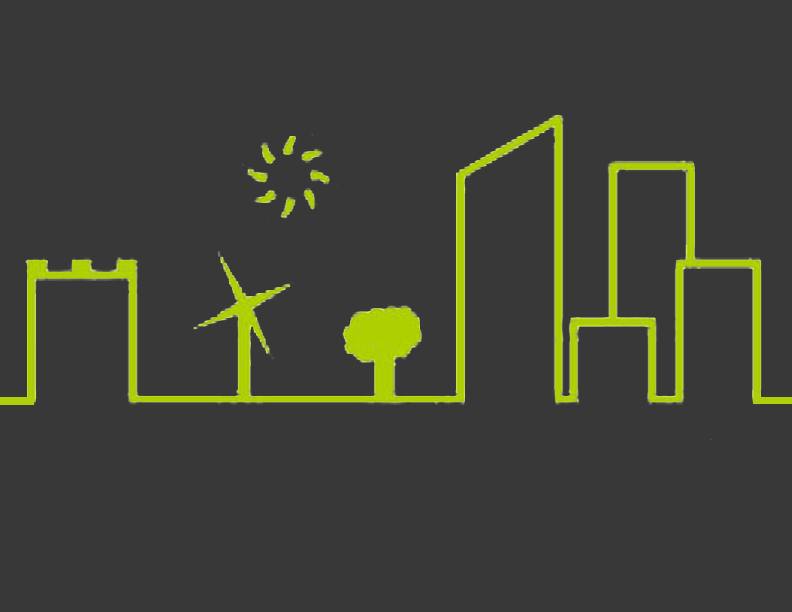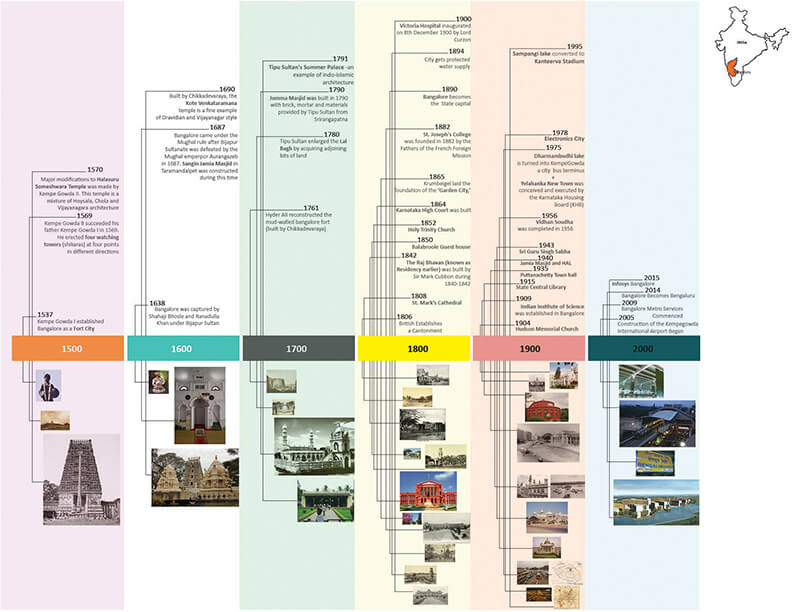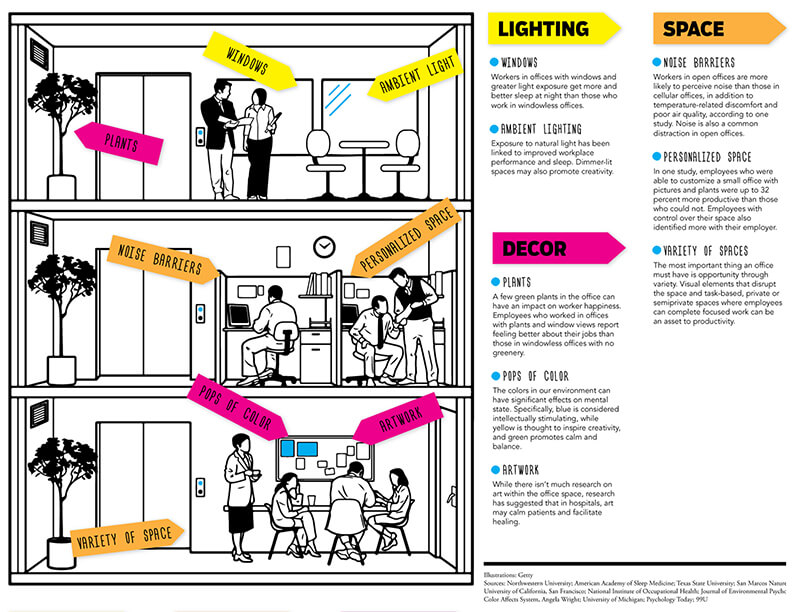An Architecture of Almost Somewhere
Founding Partners Manit and Sonali Rastogi recently chatted with Dr Nirmal Kishnani, host and editor-in-chief of Ecogradia (Holcim Foundation for Sustainable Construction), a global platform on sustainable architecture and urbanism. The talk traces Manit and Sonali’s upbringing and influences, eventually leading to the birth of Morphogenesis. It also takes us through the values that the practice stands for, the architecture of ‘almost somewhere’ and the centrality of sustainability for the future of the world.
On the dichotomy of the global and the local
Nirmal opened the conversation with a phrase often used by Manit and Sonali to describe the work of the practice – an architecture of almost somewhere.
Manit described how the phrase emerged as a middle path, influenced by regionalist architecture on the one hand and by modernism on the other. He explains the ‘architecture of somewhere’ as buildings that can easily be identified as Kashmiri, Rajasthani and so on, and the ‘architecture of nowhere’ as the glass buildings designed devoid of context. “We found that we have to tread a middle path and that is where the idea of an architecture of almost somewhere came from.”
Sonali added that having grown up with a strong influence of regional architecture, the Architectural Association in London exposed her to diametrically different ideas with stalwarts like Jeff Kip, Peter Eisenman and Rem Koolhaas at the studio. This naturally led to her creating her own path, situated in between contextual regionalism and global modernism.
Sustainability as the canvas for design
“We have never outsourced our energy studies; it is integral to an architect’s process. If you can’t model, you can’t design,” stated Manit, stressing the importance of energy modelling and data-driven design to achieve sustainable buildings.
“We talk about sustainability and architecture being symbiotic; they are not two different entities. It is not a layer that you add to design. Sustainability is the canvas itself.”
Tailoring sustainability to varying scales and contexts
“When we began our practice, we made a very conscious attempt to do projects across all five climatic zones, cost points and scales. What we learnt is that the experiments you pursue in small projects can be carried forward as a system onto larger projects as well. This wide level of diversity and learning helped us build a repository that we now use to customise our projects for various contexts. This bank of knowledge has helped us deal with different contexts. We also have a system of updating this bank, going back to study our old works and looking at both its energy data as well as how the buildings are being used,” said Manit.
Taking the idea of sustainability beyond standard measures
“A truly sustainable project focuses on inclusivity, thereby ensuring that the idea of growth is all encompassing and gives back to the community.”
Sonali discussed how the design process for the Surat Diamond Bourse, the world’s largest single-office building, revealed vital factors that needed to be addressed beyond the generally understood standards for sustainability (energy efficiency, thermal comfort etc.). Social sustainability emerged as a driving force in the project’s development, with the community exercising their agency not only in the design process of the building but also in creating employment opportunities for the community in the area. The project and the community’s efforts have also led to hospitals and schools coming up in the area.
Advice to Young Architects
Sonali shared that as an architect, one needs to narrow down on one’s area of impact. “You could be that one person who is making the perfect mud block for 30 years, or the one who is taking Indian design to the global stage or the one who spends their life in research. You need to uncover what inspires you, and only choose this profession if it inspires you.”
On ways to change the world
Nirmal asked what steps can be taken to make the positive future we envision for ourselves a possibility.
“We have to be thinking about how we live on the earth”, said Sonali. “Another step is for us architects to take responsibility in taking marginalised communities along in the process of development and include them so that they are no longer marginalised. What is the point of design if you cannot improve the human condition – we must consider this question every day,” she added.
“Sustainability should become the primary objective of school curriculum, right from kindergarten,” said Manit. “I also think that the financial world needs to stop operating on the basis of exponential growth. Year on year growth means year on year consumption. We need to align financial growth with the amount of resources we have on the planet.”

